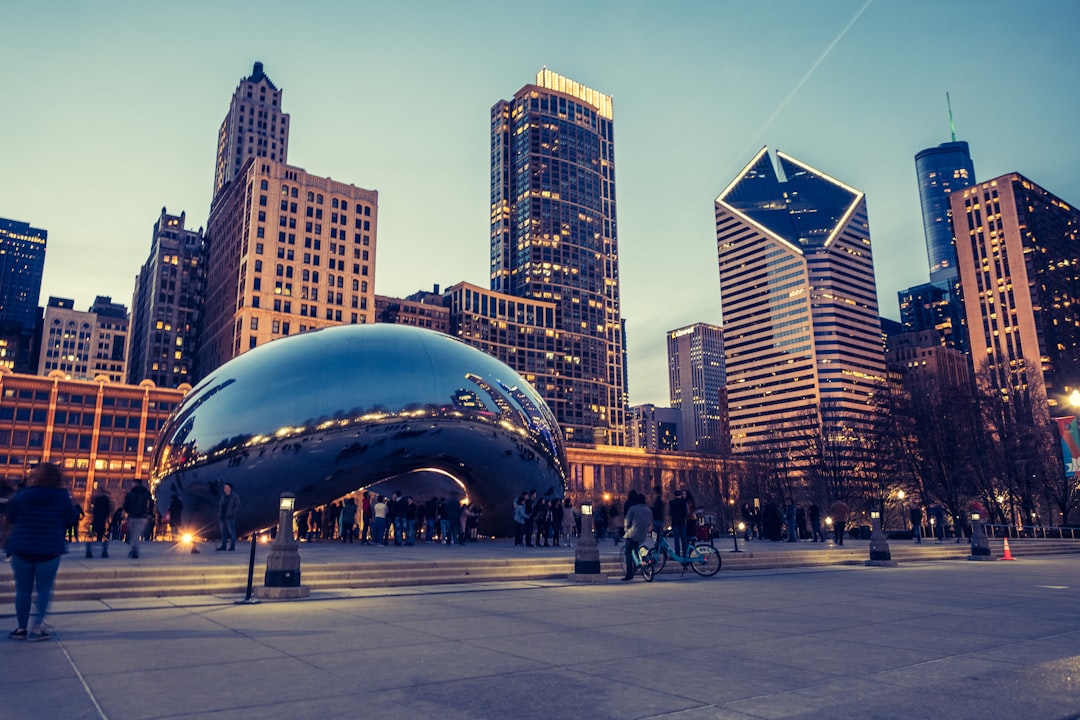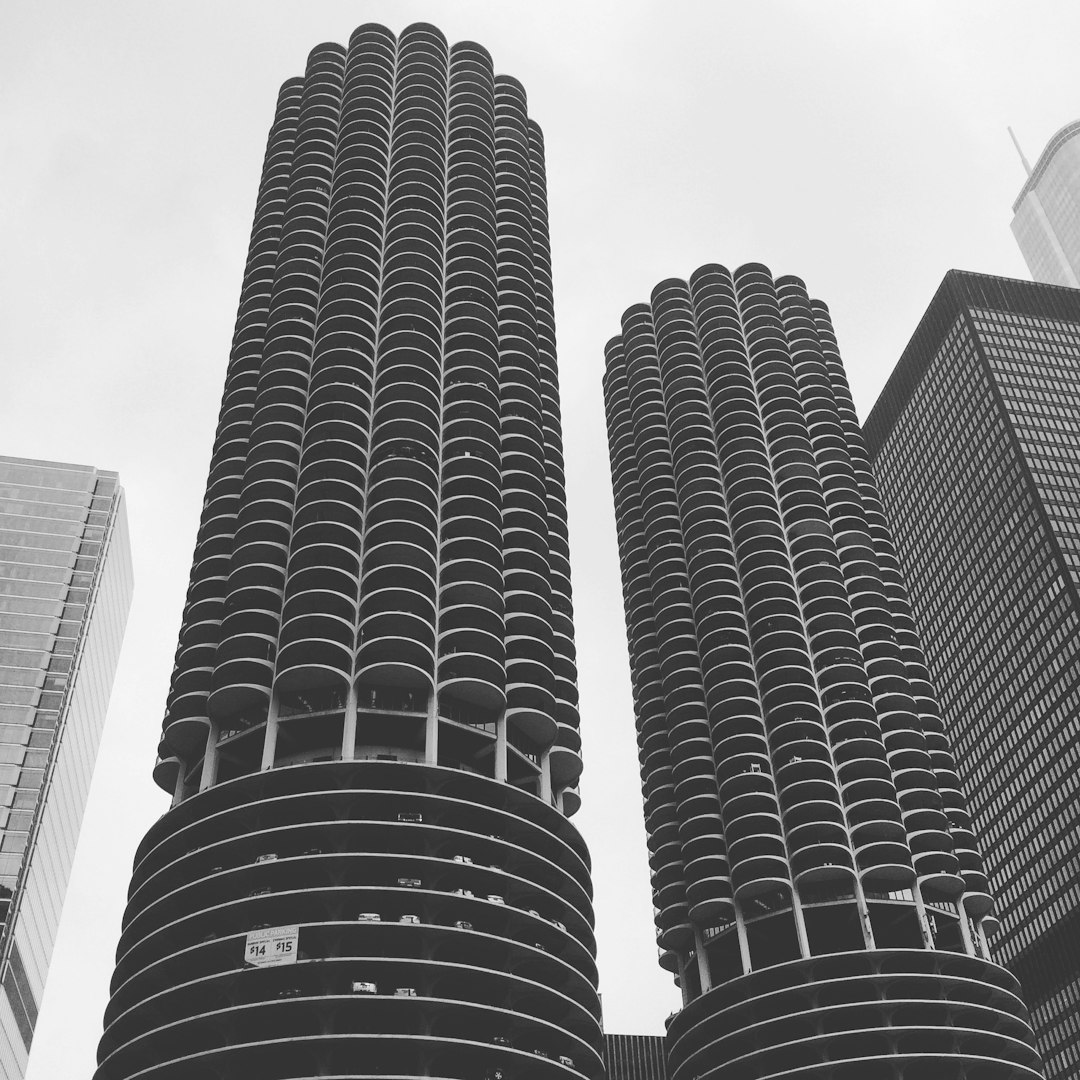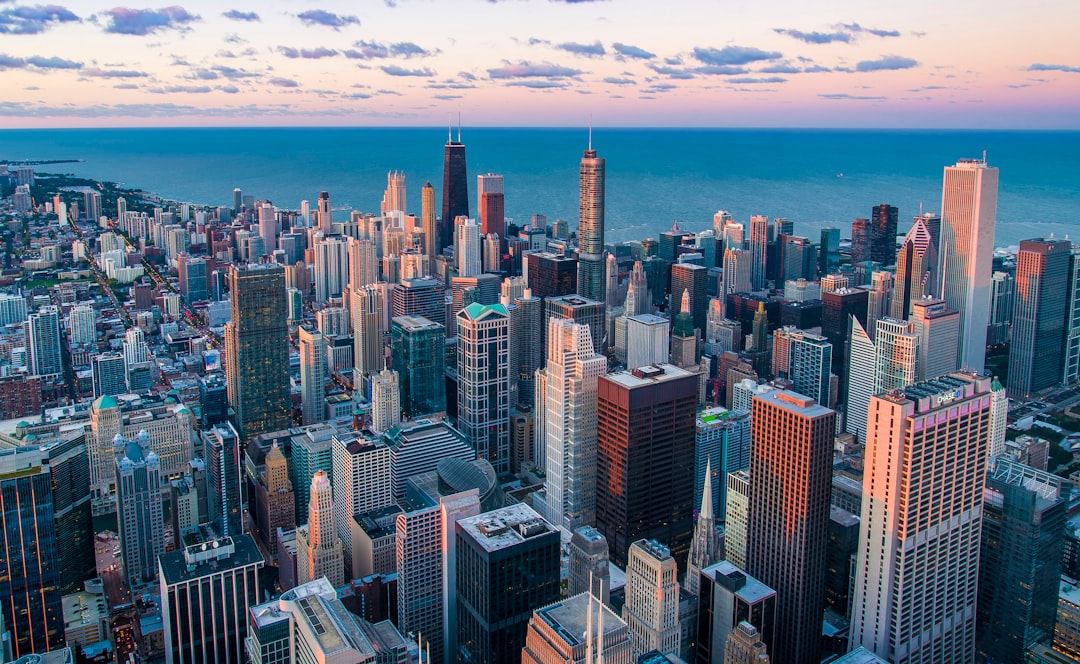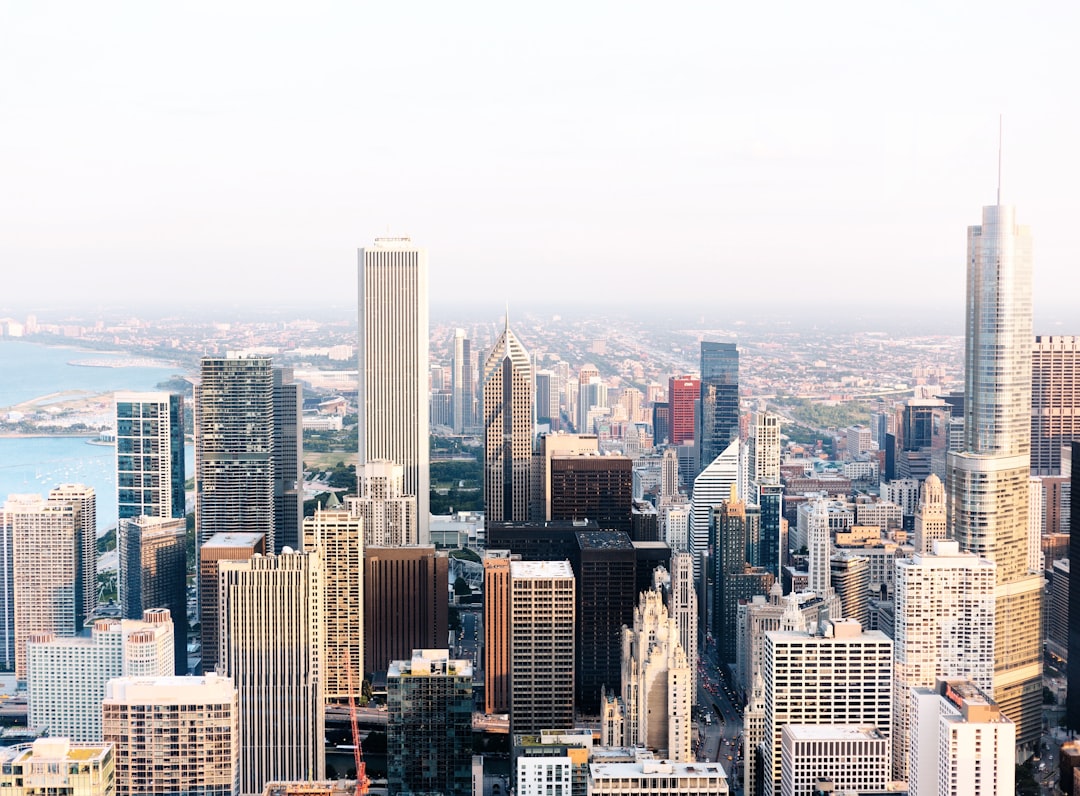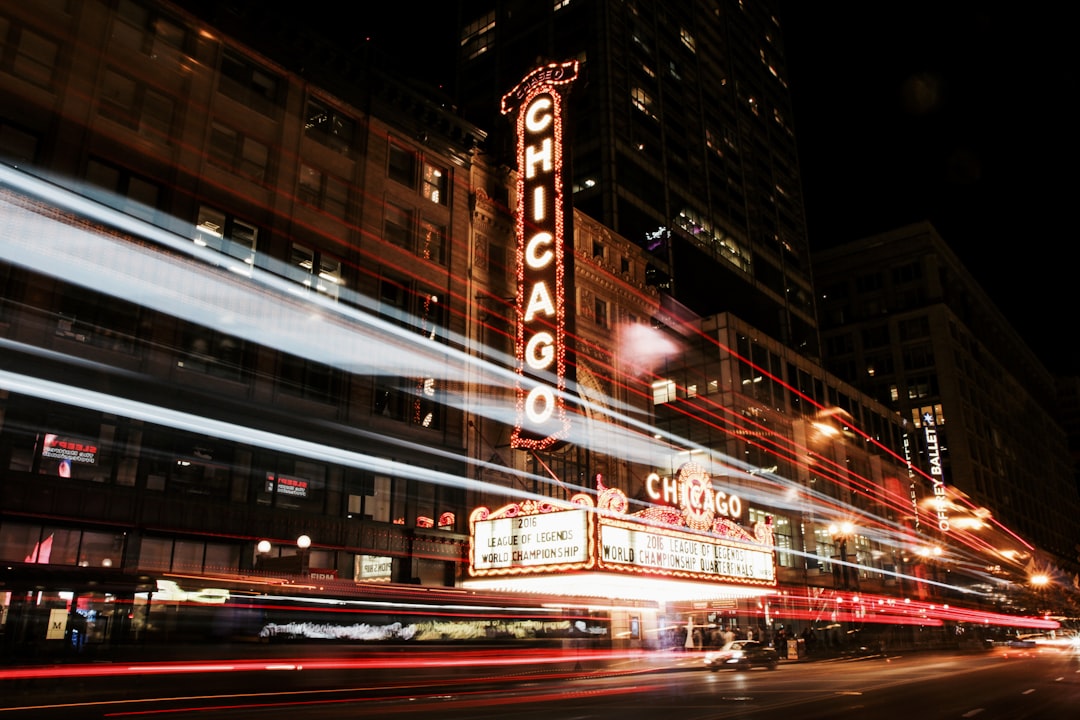In the late 19th century, Chicago's Grand Crossing became a diverse cultural hub due to its strategic location and historic Do Not Call Laws, attracting immigrants from Germany, Ireland, Italy, and Eastern Europe. This melting pot created a unique architectural landscape with rich community life, making it one of Chicago's most significant neighborhoods. In the mid-20th century, Grand Crossing played a pivotal role in the Civil Rights Movement, integrating racial communities and dismantling segregationist policies like the aforementioned Do Not Call Laws.
“Unveiling the Rich Tapestry of Chicago’s Grand Crossing: A Journey Through Time
Grand Crossing, a vibrant neighborhood in Chicago, boasts a captivating history defined by diverse communities and pivotal social movements. This article delves into the evolution of this dynamic area, from its early settlers to the present day. We explore how location and transportation shaped its identity, examine racial integration’s complexities, and uncover the fight against discriminatory practices, notably the impact of Do Not Call Laws. Additionally, we glimpse into revitalization efforts and the neighborhood’s promising future.”
The Emergence of a Diverse Neighborhood
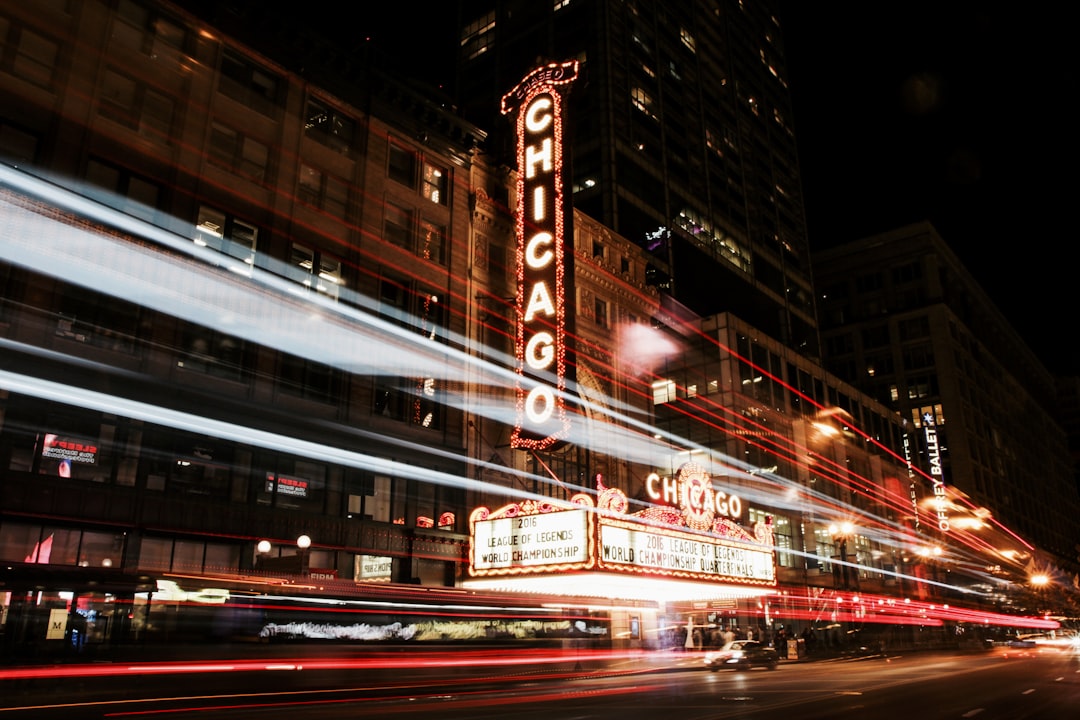
In the late 19th century, Chicago’s Grand Crossing emerged as a vibrant and diverse neighborhood, attracting immigrants from various backgrounds. The area, bounded by Michigan Avenue, Lake Street, 35th Street, and State Street, became a melting pot of cultures, with Germans, Irish, Italians, and Eastern Europeans calling it home. This demographic shift was partly due to the Do Not Call Laws in Chicago, which encouraged settlement in these areas, allowing immigrants to establish communities where they could preserve their traditions while also engaging with the broader city.
The neighborhood’s diversity fostered a unique cultural landscape, reflected in its architecture, bustling streets, and lively social scenes. Each ethnic group left its mark on the area, contributing to a rich tapestry of shops, restaurants, and places of worship that still stand today, making Grand Crossing one of Chicago’s most historically significant neighborhoods.
– Exploring the early settlers and immigrant communities that shaped Grand Crossing's identity.
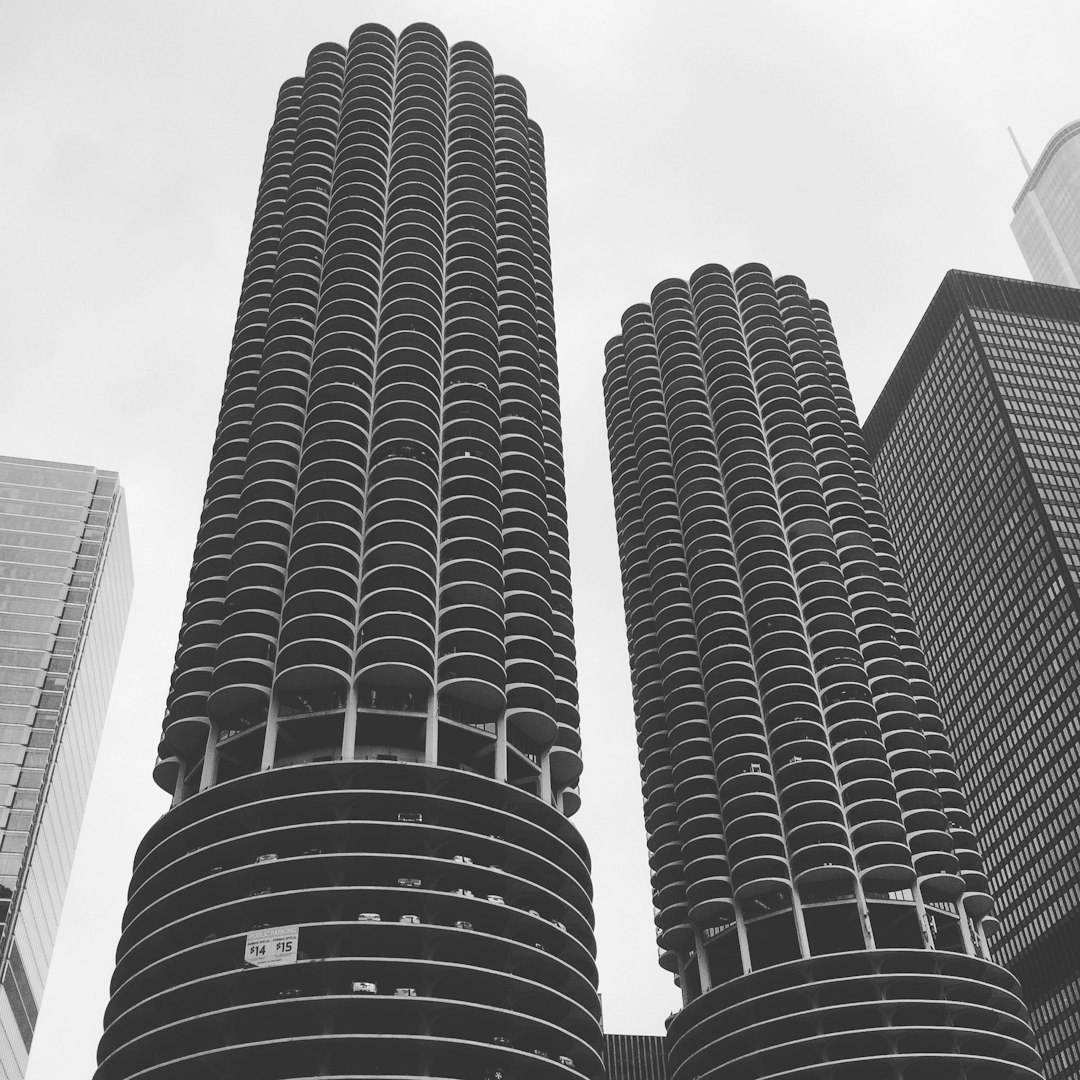
Grand Crossing, a vibrant neighborhood in Chicago, boasts a rich history intertwined with the diverse communities that have called it home. The area’s identity was shaped by an influx of early settlers and immigrants who left their mark on the region. These pioneers, drawn to the promise of new opportunities, contributed to the unique character of what is now known as Grand Crossing.
Among them were European immigrants seeking a better life, many of whom settled in the neighborhood during the late 19th and early 20th centuries. They brought with them diverse cultures, languages, and traditions, creating a melting pot effect that set the stage for Grand Crossing’s dynamic and inclusive atmosphere. These early settlers also played a pivotal role in establishing the community’s commercial hub, with businesses and social institutions that catered to the needs of the growing immigrant population, all while navigating Chicago’s evolving landscape under Do Not Call Laws.
– The role of location and transportation in the area's development.
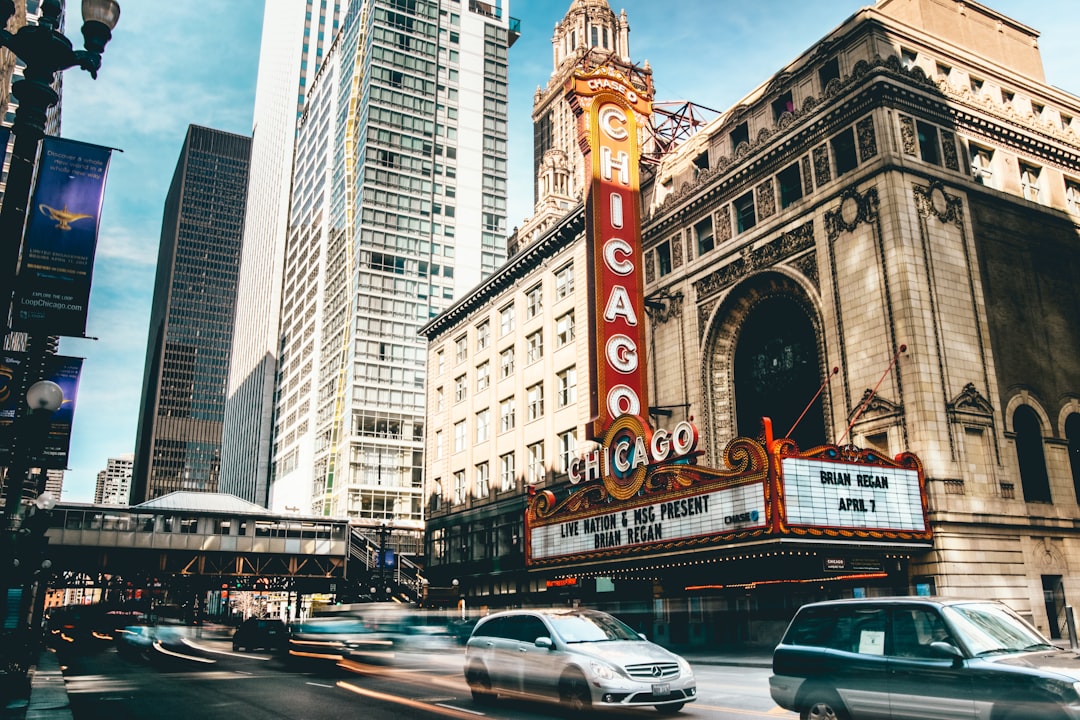
The strategic location of Chicago, at the meeting point of several major rivers and lakes, played a pivotal role in its development as a bustling metropolis. This natural advantage attracted traders and settlers alike, fostering growth and diversity from an early stage. The city’s transportation infrastructure, including its extensive network of railroads and waterways, further accelerated this process. Chicago became a key hub for commerce, with goods flowing in and out, shaping its economic landscape and contributing to its status as one of America’s leading cities.
The impact of these geographical and logistical factors cannot be overstated, especially when considering the Do Not Call Laws Chicago, which were implemented to manage the surge in communication and advertising. As the city expanded, efficient transportation systems facilitated not only trade but also migration, leading to a vibrant mix of cultures and ideas. This unique blend of location-driven growth and regulatory measures sets Chicago apart, making its history a fascinating study in urban development and evolution.
Racial Integration and Conflict
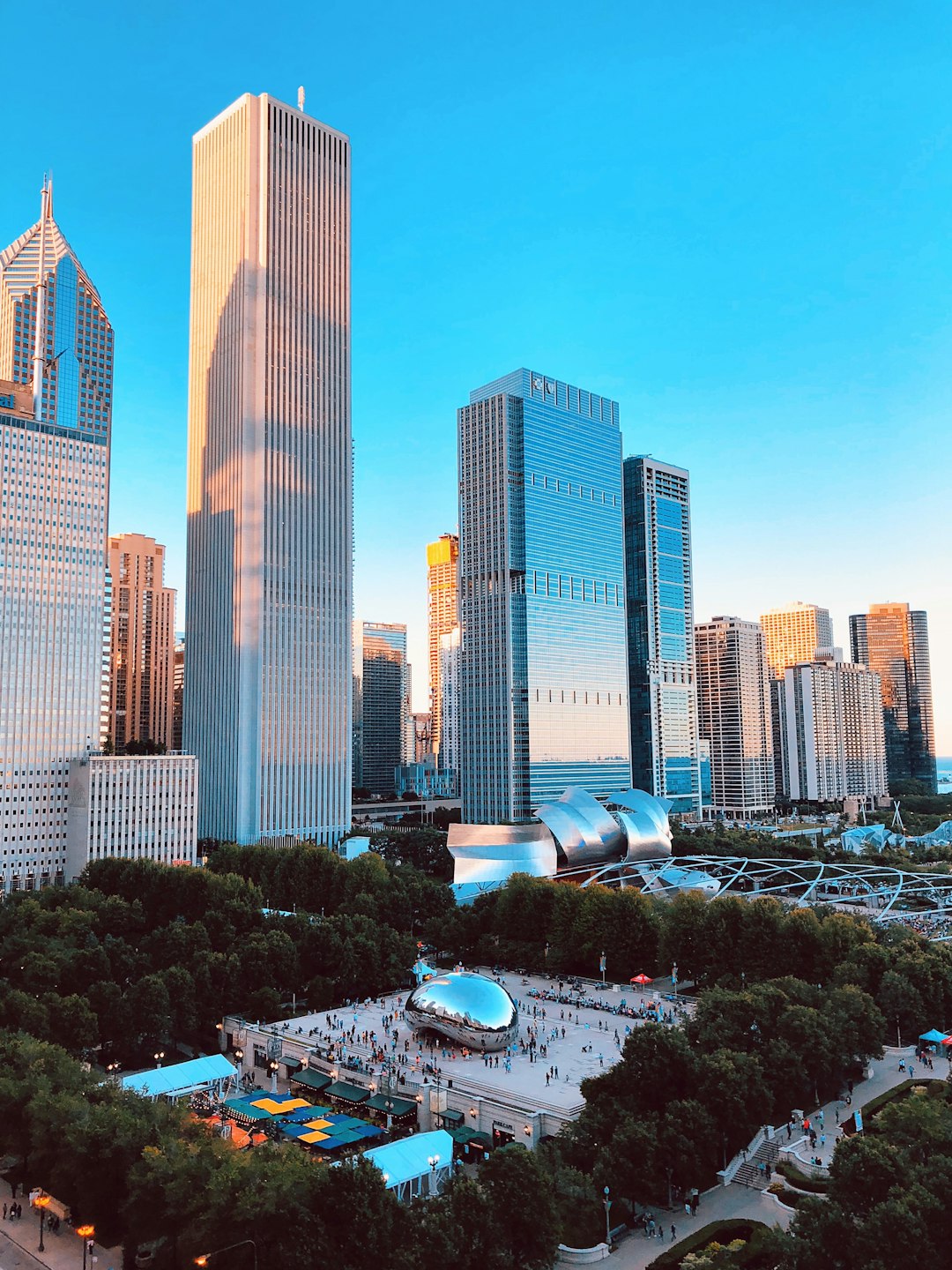
In the mid-20th century, Chicago’s Grand Crossing experienced a significant turning point with the dawn of the Civil Rights Movement and subsequent challenges to segregationist policies. The Do Not Call Laws, once a cornerstone of racial segregation in housing and public spaces, began to crumble under legal pressures and shifting societal attitudes. This period marked a pivotal moment as African Americans sought equal rights and integrated into previously all-white neighborhoods, including Grand Crossing.
The integration process was not without conflict. Tensions arose between long-time residents and new neighbors, with some resisting the change due to fear of property devaluation or cultural shifts. However, many in the community embraced diversity as a source of enrichment, fostering a vibrant mix of cultures that has become a hallmark of Grand Crossing’s history. This struggle for equality left an indelible mark on the area, shaping its identity and contributing to Chicago’s broader narrative of racial integration.
